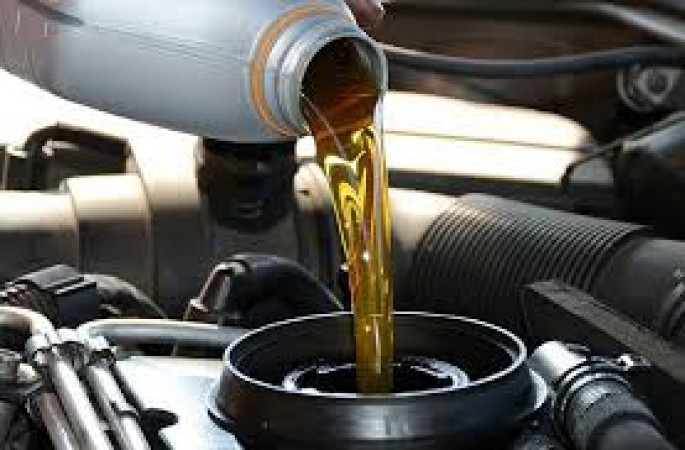
In the hustle and bustle of daily life, it's easy to overlook the importance of knowing the emergency functions of your car. However, understanding these can make a significant difference in critical situations. Let's delve into the three essential emergency functions every car owner should know like the back of their hand.
H1: Activating Hazard Lights
In times of distress, your hazard lights become your beacon of safety. They are designed to alert other drivers of potential hazards or emergencies, such as a breakdown, accident, or when your vehicle is stationary on a busy road.
H2: How to Activate Hazard Lights
Locating your hazard light button is crucial. Typically, it's a triangular button with two red triangles facing each other. Pushing this button will simultaneously illuminate all four turn signals, indicating to other drivers that you're in trouble and need assistance.
H3: When to Use Hazard Lights
Use hazard lights when your vehicle is stationary and poses a hazard to other road users. Whether you're changing a tire on the shoulder, experiencing mechanical issues, or involved in an accident, activating your hazard lights alerts others to proceed with caution.
H1: Understanding Emergency Braking
Emergency braking is a crucial function that can prevent accidents and save lives. It allows you to bring your vehicle to a sudden stop in dangerous situations, such as when encountering unexpected obstacles or pedestrians on the road.
H2: How to Perform Emergency Braking
To execute emergency braking effectively, firmly depress the brake pedal with both feet. Apply continuous pressure to the pedal, avoiding locking the wheels, which could lead to skidding. Keep a firm grip on the steering wheel to maintain control of your vehicle.
H3: When to Use Emergency Braking
Emergency braking should be used when faced with imminent danger that requires an immediate stop. Whether it's a child darting into the street or a sudden obstacle ahead, reacting swiftly and decisively can prevent a catastrophe.
H1: Significance of Emergency Flashers
Emergency flashers, also known as flashers or hazard warning lights, serve as a visual distress signal to other drivers. They indicate that your vehicle is in distress or stationary due to an emergency situation.
H2: Activating Emergency Flashers
Similar to hazard lights, emergency flashers are typically activated by pressing a dedicated button on the dashboard. Once activated, all four turn signals flash simultaneously, alerting nearby motorists to proceed with caution.
H3: When to Use Emergency Flashers
Use emergency flashers when your vehicle is immobilized due to a breakdown, mechanical failure, or any situation requiring immediate roadside assistance. By signaling your distress to others, you enhance safety and expedite the arrival of help.
In conclusion, familiarizing yourself with the three emergency functions of your car—hazard lights, emergency braking, and emergency flashers—is paramount for every driver. By understanding when and how to use these features, you can navigate unexpected situations with confidence and ensure the safety of yourself and others on the road.
Cars coming in less than 10 lakhs, will get safety with 6 airbags
Citroen introduces special blue edition of C3 hatchback and C3 Aircross SUV, know why it is special
2024 Maruti Swift engine and mileage unveiled, will be launched soon